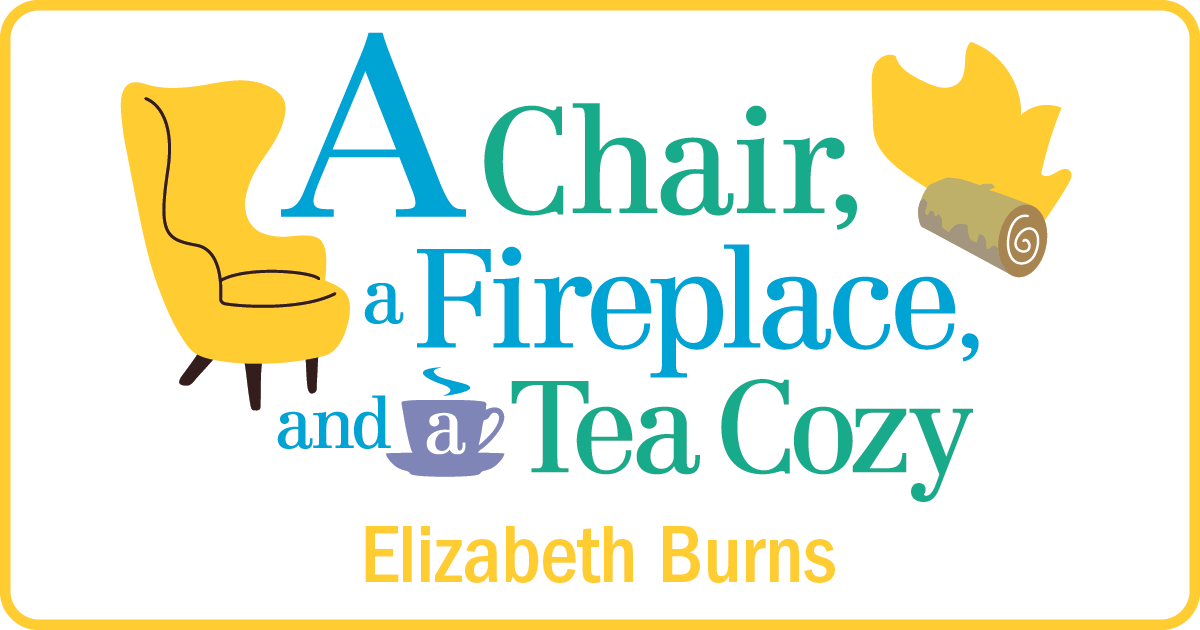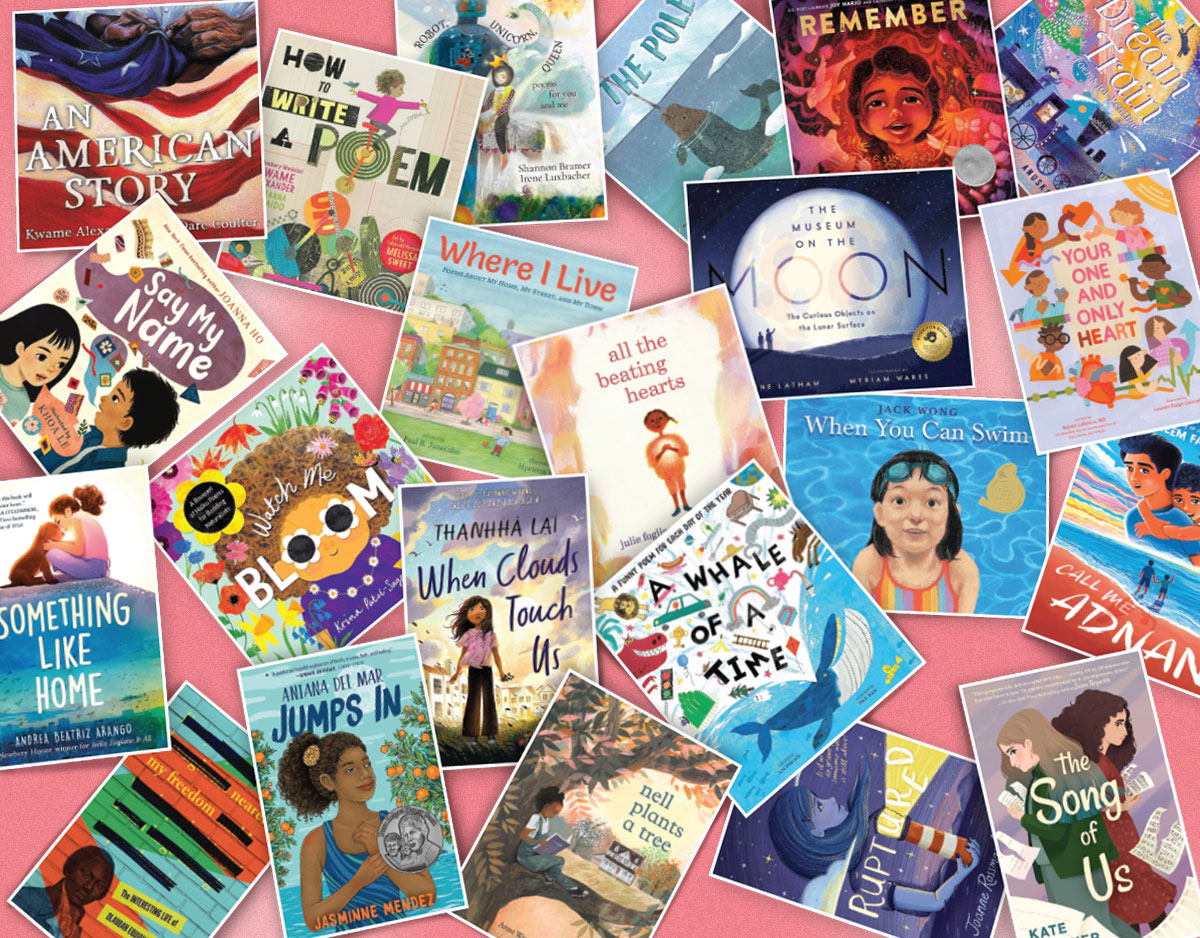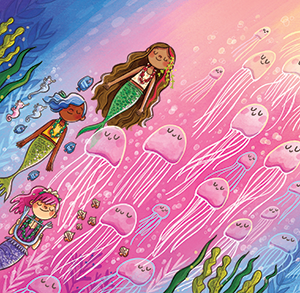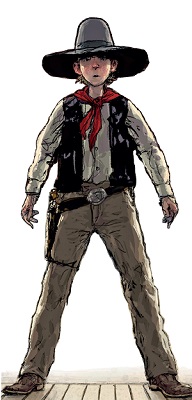SCROLL DOWN TO READ THE POST
Review: New Girl
New Girl by Paige Harbison. Harlequin Teen. 2012. Copy provided for review.
 The Plot: A re-imagining of Rebecca by Daphne du Maurier. When a space opens up in the prestigious Manderley Academy, the “new girl” from Florida finds herself in a complex situation. The reason for the opening? The disappearance of Rebecca Normandy the previous spring. Becca had herself been the “new girl” the year before; despite being at school just one year, Becca made an impact and impression on all she met: her grieving roommate, Dana, who resents being given a new roommate; Max Holloway, Becca’s boyfriend; Johnny, Max’s former best friend.
The Plot: A re-imagining of Rebecca by Daphne du Maurier. When a space opens up in the prestigious Manderley Academy, the “new girl” from Florida finds herself in a complex situation. The reason for the opening? The disappearance of Rebecca Normandy the previous spring. Becca had herself been the “new girl” the year before; despite being at school just one year, Becca made an impact and impression on all she met: her grieving roommate, Dana, who resents being given a new roommate; Max Holloway, Becca’s boyfriend; Johnny, Max’s former best friend.
Dana accuses the “new girl” of trying to be Becca, a girl she never met but sees only in the photographs in her room; and when both Max and Johnny seem to show interest in the new girl, Dana is further angered that this “new girl” is taking Becca’s place.
ADVERTISEMENT
ADVERTISEMENT
Where will Dana’s anger lead?
And what happened to Becca?
The Good: By now, you may have realized I adore retellings and re-imaginings. I love seeing how an author plays with source material: what is kept? What is changed? How is a story “modernized”? And, when the book is for teens, how does that change in ages and life experiences impact the story? So, of course, for me to talk about New Girl I will talk about Rebecca, assuming familiarity with the source story.
Briefly (for those who have never read the book or watched the film or a TV version), Rebecca tells the story of a young second wife whose marriage is emotionally haunted by her husband’s first wife, a women who is viewed as perfect by many who knew her. Gradually, a different story emerges of a cruel, manipulative women who engineered her own death.
Harbison changes the setting (1930s upper class Britain) to a modern day boarding school, Manderley Academy. So, like the first book, a woman enters a world where she knows no one, doesn’t know the customs, and is seen as a bit of an outsider.
As in Rebecca, the primary narrator — the new girl — is nameless. It’s a fascinating device, underscoring in the book that a women who isn’t present except in memory is a stronger presence than the woman whose story it is supposed to be. A bit of a spoiler — Harbison’s “new girl” is more self assured than the second wife in Rebecca. Without giving spoilers, the new girl is more assured and less dependent than the nameless narrator in the source material.
Instead of a chilly housekeeper who worships the first wife, the new girls has a roommate who both adored her lost best friend and is also grieving that loss. Because Becca is only missing, that loss is all the harder for the roommate to handle.
ADVERTISEMENT
ADVERTISEMENT
Unlike Rebecca, the old girl — the old “new girl”, Becca — has a voice. Chapters go back and forth between “me,” the current new girl, and Becca. In the original Rebecca, her husband didn’t realize her “true” nature until after their marriage and then he was stuck because divorce was not an option. this, perhaps, is the toughest thing to transition to a modern story. How to create that in a modern story with teens? Becca, the reader discovers, has her own problems, which she hides from those around her by instead creating the persona of “it” girl. Becca has the ability to be both charming and manipulative. She needs to see herself reflected in the eyes of others, including the eyes of boys, to feel wanted. The two boys she selects to gain a sense of meaning are popular Max and Max’s best friend, Johnny.
While the reader gets a full picture of Becca, the new girl does not. And yes, it’s hard to keep calling her the “new girl” in this review! It’s not awkward reading it, because she tells the story. All the new girl knows is that her year at school is tinged by being seen as the girl trying to replace Becca. I have to confess, I was a bit “really? would this school staff do this?” for some details such as having Dana room with the new girl. It seemed a bit thoughtless, but sometimes adults are that clueless to the full lives of teens.
I like when a book not just re-imagines, but does something new. Here, the new is that this year in the new girl’s life is a growing experience, a coming of age. Before, she had been secure and content in a familiar life: parents, sibling, friends. She even had a life planned out, at least, a life where she’d go to the same university as her friends and room with her best friend and it would all be — the same. She realizes this is her chance, her opportunity, to do new things, to grow, to realize a different future for herself. Now, that future may be as simple as realizing she can make new friends, live new places, go to a new school and be fine, be more than fine — but it’s a realization some people never come to. It’s something she’s going through under the worst possible circumstances: a world mourning the loss of another so hesitant to open their arms or hearts.
One last thing. Harlequin. So, yes, there is romance, both in Becca’s chapters and that of the new girl. For Becca, though, looking for something more than love, her relationships, including her physical relationships, are more complex. Just like in Rebecca, it is the missing person who most intrigues; there, it was uncovering the mystery of a strong personality. Here, it is trying to find out why Becca does what she does, why she manipulates, why she engages in self-destructive behaviour. What makes a person act like that?
Other reviews: Forever Young Adult; Kirkus Blog (by Bookshelves of Doom).
Filed under: Reviews
About Elizabeth Burns
Looking for a place to talk about young adult books? Pull up a chair, have a cup of tea, and let's chat. I am a New Jersey librarian. My opinions do not reflect those of my employer, SLJ, YALSA, or anyone else. On Twitter I'm @LizB; my email is lizzy.burns@gmail.com.
ADVERTISEMENT
SLJ Blog Network
2024 Books from Pura Belpré Winners
Passover Postings! Chris Baron, Joshua S. Levy, and Naomi Milliner Discuss On All Other Nights
Winnie-The-Pooh | Review
Crafting the Audacity, One Work at a Time, a guest post by author Brittany N. Williams
The Classroom Bookshelf is Moving
ADVERTISEMENT
ADVERTISEMENT







